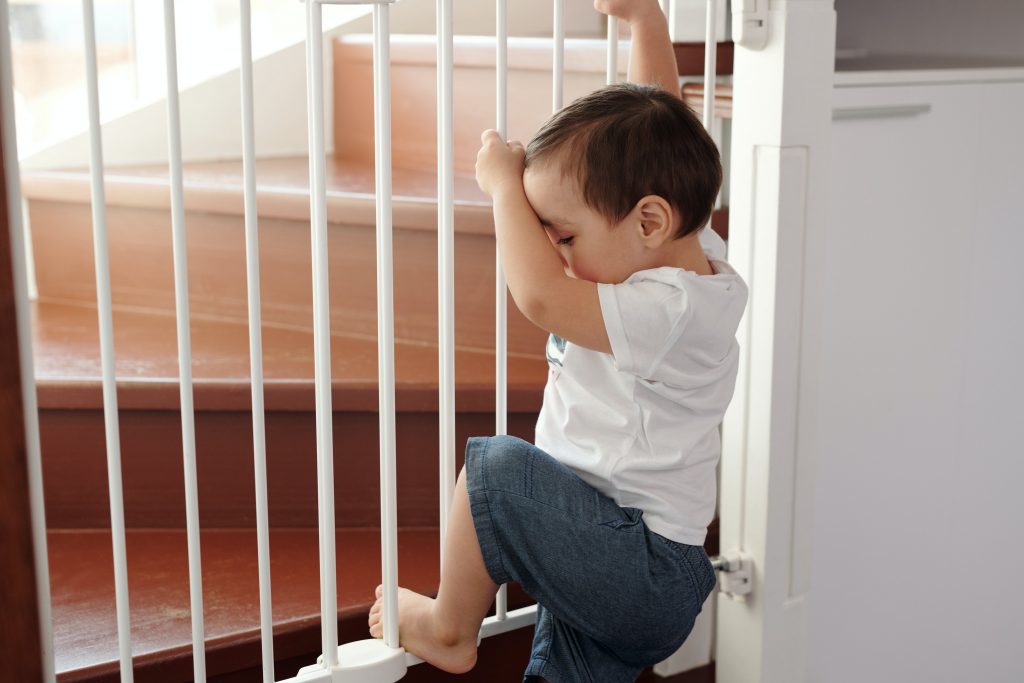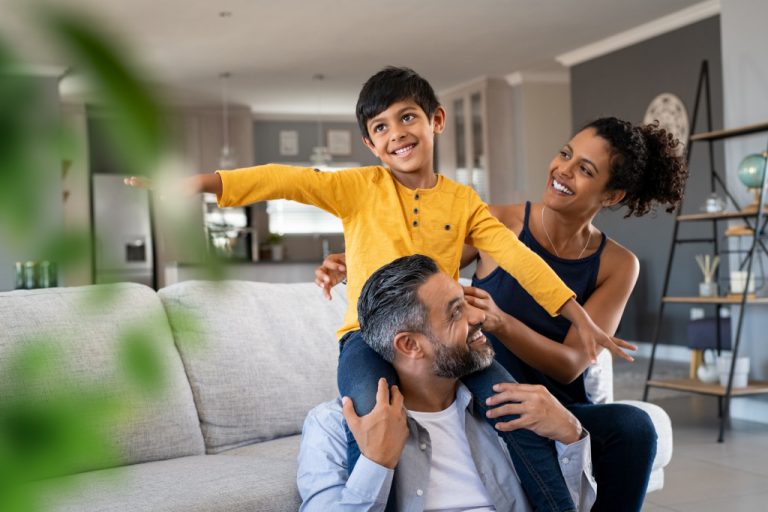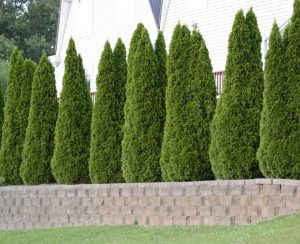- Old homes in the U.S. pose various dangers, including asbestos, lead paint, and structural issues.
- Electrical and plumbing problems in older homes can lead to fires, shocks, leaks, and water contamination.
- Old homes may have unsafe driveways and walkways that can cause falls and injuries in children.
- Making an old home safer involves childproofing, regular maintenance, promoting safe play, and considering renovations.
- Staying informed about potential hazards and safety concerns helps create a safe living environment for children.
As a parent, you always want the best for your children, especially their safety. A critical aspect of ensuring their safety is to provide a secure living environment where they can grow and play without any harm. However, old homes can pose many dangers that you may not even be aware of, which is why it’s crucial to educate yourself on the potential risks of living in an old house. Here’s what you need to know about old homes, how they can be dangerous for your children, and ways to make your old home safer for children.
Old Homes in The U.S.
It’s estimated that there are about 20 million homes aged between 11-30 years and over 40 million homes aged 50+ in the United States. These old homes comprise a significant portion of the country’s housing stock and are often found in cities or suburban areas. While many people may find charm and character in these older homes, they also come with various safety concerns that can put your children at risk.
Potential Risks of Living in an Old House
Living in an old house can expose your children to several hazards. Here are some of them:
1. Asbestos
If your home was built before 1980, it may contain asbestos, a toxic mineral highly popular in building materials, until it was banned. Asbestos is typically found in insulation, flooring, and roof tiles, among other things. Asbestos exposure can lead to a range of health problems if inhaled, including lung cancer and mesothelioma. It’s crucial to have an asbestos inspection to identify any areas of your house that may contain asbestos and to take the necessary steps to remove it.
2. Lead Paint
Lead paint was typically used in homes built before the late 1970s. If your home has not had a lead survey, there’s a good chance it contains lead paint. Ingesting even small amounts of lead can cause severe health issues, especially in children. It can cause learning disabilities, developmental delays, and other serious cognitive and behavioral problems. Be sure to have your home inspected and, if necessary, have the lead paint removed by professionals.
3. Electrical Issues
Old wiring systems may not be equipped to handle modern appliances and devices, which can cause electrical problems in your home, such as electrical fires. Additionally, some older electrical systems may not be grounded correctly, which can lead to shocks and electrocution. Have a professional electrician inspect your home’s electrical system to ensure it’s functioning correctly and that any potential hazards are addressed.
4. Plumbing Problems
Old plumbing can often lead to leaks, mold, and structural damage. Homes built before 1960 may have pipes made of lead or galvanized steel, which can become corroded, leading to water contamination. Have your water pipes inspected, and if they’re found to be old or problematic, replace them with modern, high-quality materials.
5. Structural Issues
An old house with a weak foundation can pose dangers to your children. Foundation problems can lead to cracks in the walls or ceilings, creating a potential hazard of falling debris. Additionally, other structural issues, such as weak floors, loose railings, or outdated stairs, can lead to minor or severe injuries. Have your home thoroughly inspected by a qualified contractor to identify any structural problems that must be addressed.
6. Potted Driveways
Lastly, old homes may have driveways or walkways made of gravel, which can be dangerous for children to play on. These surfaces can cause falls and injuries, so it’s best to replace them with safer options like concrete or asphalt. Additionally, ensure you hire a local driveway sealing service. They can seal any cracks or holes in your driveway, making it safer for your children to play on.
Making Your Old Home Safer for Children
While living in an old home can present various safety concerns, there are ways to make it safer for your children. Here are some measures you can take:
1. Childproofing

Childproofing is a crucial step to take when living in an old house. It involves identifying potential hazards and preventing your child from accessing them, such as installing safety gates, securing furniture, and covering electrical outlets.
2. Regular Maintenance
Old homes require regular maintenance to ensure they’re safe for your children. Keep up with inspections and repairs to address any potential hazards immediately.
3. Encourage Safe Play
Teach your children about potential hazards in the house and how to play safely. For example, if you have a fireplace, educate them about the dangers of playing with fire and establish rules for using it.
4. Consider Renovations
In some cases, renovating your old home may be necessary to make it safer for your children. Consider replacing old materials with newer, safer options, such as asbestos-free insulation or lead-free paint.
5. Stay Informed
Lastly, educate yourself about potential hazards in your old home and ways to make it safer for your children. Stay up-to-date on any recalls or safety concerns and take necessary steps to address them promptly.
Living in an old house can pose various dangers to your children, but with the right precautions and measures, you can make it a safe living environment for them. Be proactive in identifying potential hazards and take necessary steps to address them to ensure your children’s safety at all times. With proper care and maintenance, you can enjoy the charm and character of your old home while keeping your little ones safe and sound.











